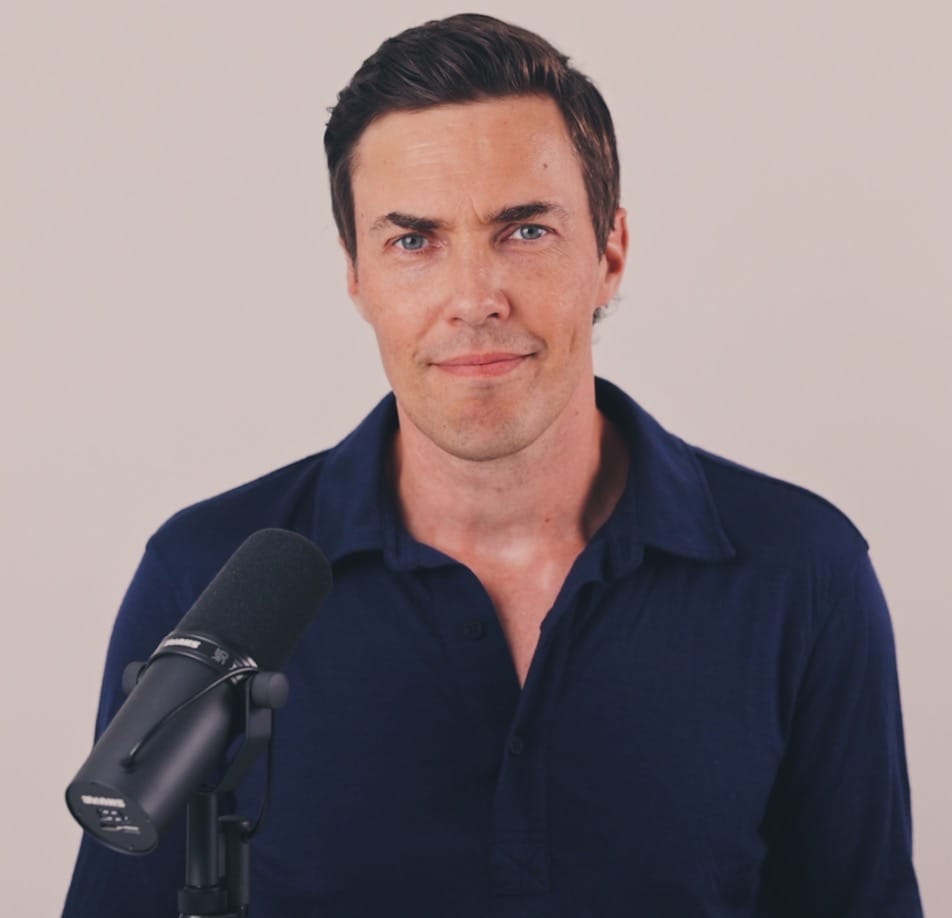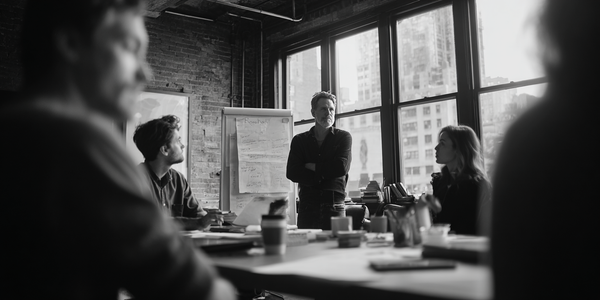AI as Creative Director: Hype or Inevitable Future




Creative directors used to be cultural demigods — part artist, part strategist, part therapist. Some are still today, of course. But today, AI is gunning for that seat at the head of the table. It can generate campaign concepts in seconds, predict which visuals will perform best, and even remix brand voices on demand.
Is AI about to replace the Mad Men with machine men? Probably not. But it is becoming a co-director, and in some cases, the one with the sharper instincts. The future of creative leadership may not be man versus machine, but man plus machine.
Agencies from Publicis to Ogilvy are experimenting with AI in their creative processes. Coca-Cola partnered with OpenAI and Bain to launch its “Create Real Magic” platform, crowdsourcing AI-generated brand assets. Adidas used AI to test creative variations for campaigns in real time.
Shutterstock now offers predictive insights on which images are most likely to resonate based on cultural data. These aren’t speculative pilots — they’re operational experiments, reshaping how creative direction happens.
For entrepreneurs and design-led agencies, this is both an opportunity and a warning. If your pitch is “big creative ideas,” AI can now draft 50 in the time it takes you to pour a coffee. The value isn’t in idea generation anymore — it’s in curation, context, and translation. Clients will still pay for vision, but only if you can prove you’re adding something machines can’t: cultural intelligence, emotional resonance, and brand stewardship.
AI is brilliant at remixing the past but still pretty clueless and limited about inventing the future. That’s the human moat. Or is it? I sure hope so.
Creative directors aren’t just idea factories — they’re cultural translators, taste-makers, and business strategists. The future CD isn’t threatened by AI; they’re augmented by it, freed to spend less time sketching and more time storytelling.
The role of the creative director is shifting from maker to orchestrator. In the same way Photoshop democratized editing but didn’t kill photography, AI is democratizing creativity while raising the premium on direction. The shift isn’t “AI replaces creative directors” — it’s “creative directors who use AI replace those who don’t.” Expect more hybrid roles: “AI Art Director,” “Prompt Strategist,” “Machine-Creative Collaborator.” Titles may sound absurd now, but so did “UX Designer” in 2005.
The play for agencies and entrepreneurs is to embrace AI as your junior creative team. Treat it as the intern that never sleeps, constantly spitting out concepts, moodboards, and first drafts. Then elevate yourself as the editor, the curator, the one who decides what sings and what stinks. Position yourself not as competing with AI, but as the conductor who knows how to orchestrate it.
Bottom Line: AI won’t steal the creative director’s chair. But it will sit next to it, whispering in its ear. The question isn’t whether AI will direct creativity — it’s whether you’ll be smart enough to direct the AI.
Last week, I launched Original Minds Mentor - a service to help owners and leaders navigate the complexities of building and growing their business in the AI age. If you are interested, follow the link and/or EMAIL me.
P.S This topic can surely divide people, and I am happy to hear your opinion, feel free to chime in in the comments section below.